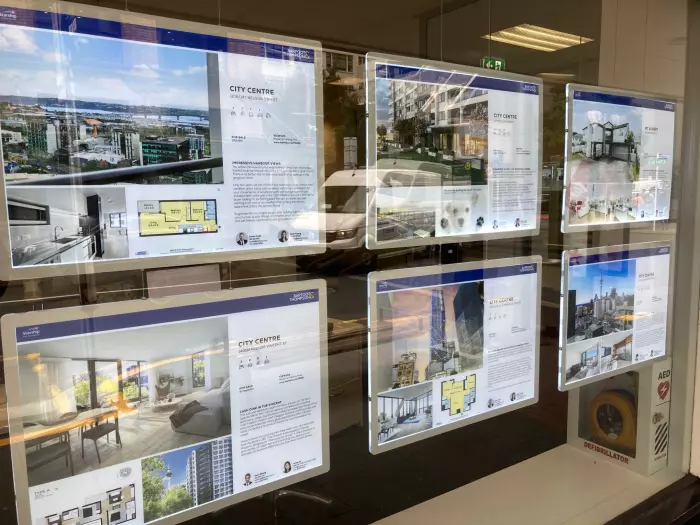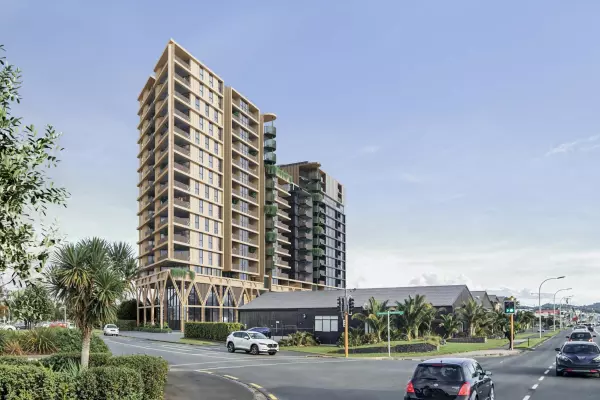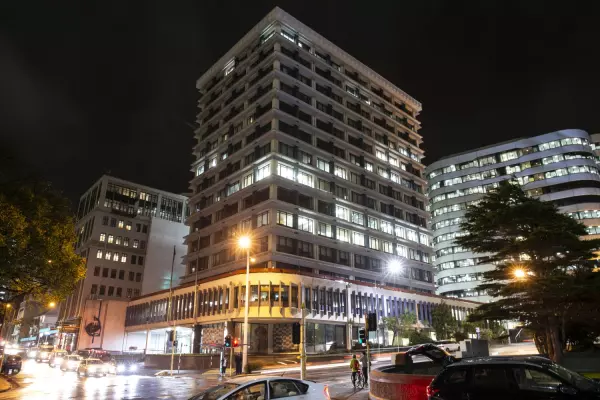New Zealand’s housing market will remain white hot until at least Christmas, driven by a ‘frothy’ speculative element, a backlog of first home buyers and little more than a drip feed of available listings.
Nick Goodall, head of research at property analytics group CoreLogic, expects property asset prices to remain bullish moving into the summer holidays after being ‘catalysed’ by the central bank’s quantitative easing programme,
While this is a “better outcome than the counter-scenario of a loss in confidence” with attendant declines in property values, he accepts prices are largely being driven by short term demand from highly-indebted investors.
New mortgage lending during September was 29 percent higher than the average over 2019, with first home buyers borrowing up 39 percent and investor lending a whopping 54 percent higher.
This resulted in the share of lending to first home buyers climbing to 19.1 percent from 17.6 percent last year and the investor share rising from 19 percent to 23 percent over the same period.
Still, Reserve Bank mortgage numbers show low deposit lending with debt above 80 percent hasn’t moved much, despite house price rises.
ANZ Bank senior economist Liz Kendall said KiwiSaver withdrawals, redirected travel funds and “the bank of mum and dad” may be helping in some cases.
In its latest note on the property market, ANZ notes $127 million in KiwiSaver funds were withdrawn for first home purchases while new lending worth “ten times that went to first home buyers in the same month”.
At the same time, investor lending at above the 70 percent loan-to-value ratio has shot up to 36 percent, compared to 22 percent in September last year.
While Reserve Bank governor Adrian Orr has said he is ‘watching this space’, Goodall and a number of bank economists are of the view that LVRs won’t be reinstated before next March. This would coincide with the end of the mortgage deferral scheme, part of the technical reason for the temporary removal of LVRs in May to begin with.
In a press conference after his confirmation as Minister of Finance and Deputy Prime Minister in the new government's Cabinet, Grant Robertson said he would be having his "usual" meeting with RBNZ governor Adrian Orr in coming days and would discuss the interaction of monetary policy and house prices, citing the central bank's responsibility for preserving financial system stability.
Consents and valuations on the rise
Goodall also suggests there's no reason to expect values to drop if interest rates reduce further.
A good litmus test for the health of demand, at least in the short term, also comes in the form of residential consents, which were up 3.6 percent in September; and in the number of mortgage valuations ordered by banks, which were up 11 percent month-to-month in October.
Added to that, housing stock levels remain at an extremely low ebb. Data from the Real Estate Institute of NZ shows inventory at a record low in September at 17,576 listings, down about 3,600 on the same time last year.
Regionally those shortages are particularly acute in Taranaki, where the number of listings was less than half of last September, and Marlborough and Northland where housing inventory last month was down by more than a third year-on-year.
Wellington has the country’s lowest number of weeks’ inventory, at six weeks' worth, helping propel house prices in the capital by 11.1 percent over the past year.
It was largely the same story across all 21 major urban centres, with property values rising overall by 1.3 percent in October, ahead of the 1 percent increase recorded by Treasury’s Activity Index for the month prior.
FOMO at play
Regionally, price increases have been led by Gisborne and Palmerston North, which experienced 2 percent increases in property values last month, while Queenstown was up 0.8 percent, though that is still down 1.2 percent over the past quarter on the back of its reliance on a tourism-weighted economy.
ANZ’s Kendall suggests there is also an element of ‘fear of missing out’ helping drive the market, based on an assumption that “house prices will keep increasing.”
This has the potential to contribute to "frothiness" in the market that is unsustainable, she said.
ANZ expects economic recovery to stagnate next year, with closed border impacts and income strains becoming more evident.
“It is our view that these effects will see some wobbles emerging in the housing market as we enter 2021, even as mortgage rates move lower. Our current assumption is that we see another strong quarter to finish the year, but that house prices will fall 4 percent next year, before recovering.”














